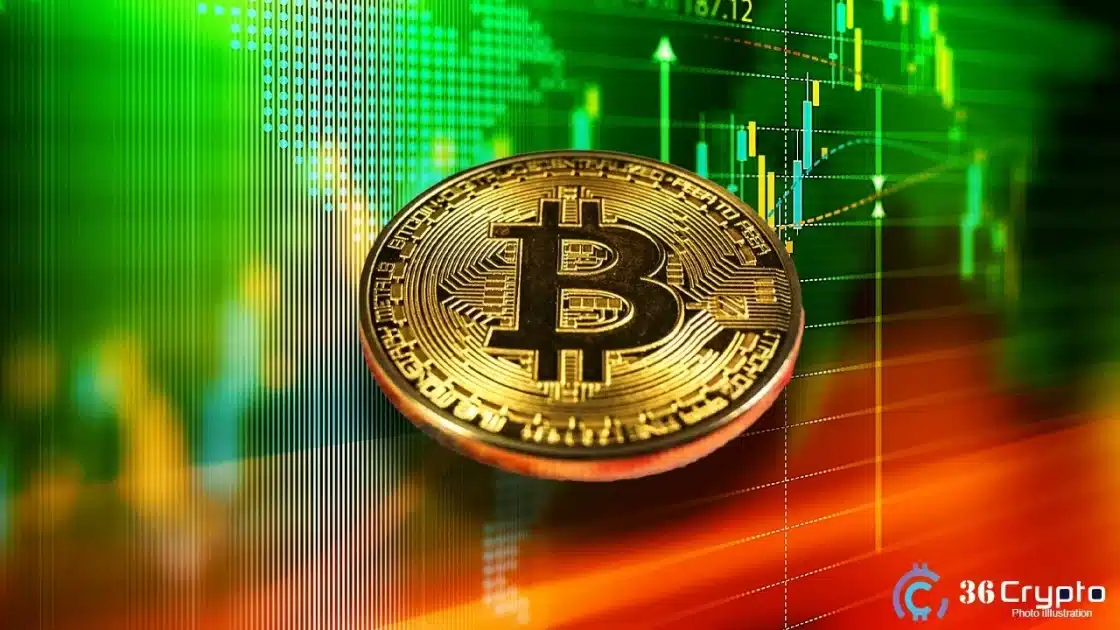- Raoul Pal predicts Bitcoin’s next market peak could arrive mid-2026.
- Global debt maturity extension may reshape Bitcoin’s traditional four-year cycle.
- Liquidity growth slowdown highlights shifting dynamics in crypto market performance.
Bitcoin’s traditional four-year rhythm may no longer apply, as macro investor Raoul Pal has projected a longer market cycle extending to around mid-2026. According to Pal, this shift is tied to a structural change in global debt maturity, which has lengthened the business cycle and delayed Bitcoin’s peak.
Pal explained on Real Vision that between 2021 and 2022, governments extended the average maturity of debt from four to five years. This adjustment, he said, expanded the economic cycle by roughly a year, influencing Bitcoin’s typical performance rhythm. He noted that the digital asset’s market behavior now follows a 5.4-year sine curve that mirrors the average global debt maturity.
Besides, Pal observed that elevated interest rates have slowed liquidity growth, causing delays in asset market recoveries. While Wall Street has enjoyed gains from inflated asset values, Main Street continues to struggle with tighter financial conditions.
He emphasized that rate reductions remain necessary to prevent rising debt costs from straining economies and to restore balance between financial markets and real-world productivity.
Also Read: Why Ripple’s Evernorth Project Quietly Changes Everything for XRP
Liquidity Remains the Key Force Behind Market Performance
Raoul Pal also underlined liquidity as the primary driver of asset prices, asserting that it explains nearly all movements in both tech stocks and cryptocurrencies. He stated that liquidity accounts for about 96% of tech stock behavior and roughly 90 percent of Bitcoin’s price actions.
This correlation, he said, reinforces that capital flow, not earnings or geopolitical news, dominates market direction.
Moreover, Pal highlighted that central banks continue expanding liquidity by about 8 percent annually to manage debt and offset inflation. Under these conditions, assets delivering less than 11 percent returns risk losing value in real terms. Hence, crypto assets could maintain strong performance as investors seek higher yields amid ongoing monetary expansion.
Consequently, Pal believes that Bitcoin and Ethereum may sustain growth momentum into 2026 as liquidity builds toward a peak before midyear. He suggested that the lengthened debt cycle and evolving macroeconomic landscape could mark a new phase for digital assets, diverging from their earlier four-year market rhythm.
Also Read: Pro-Crypto Lawyer Slams Critic Who Claims Ripple’s Chairman Dumped XRP on Retail Investors

